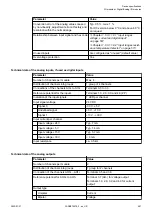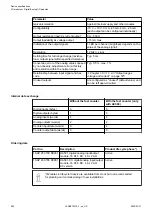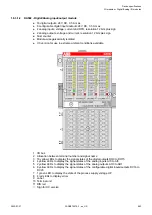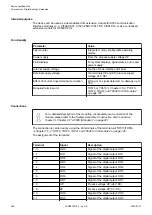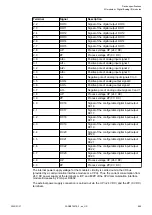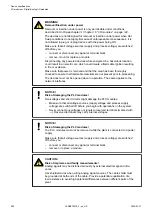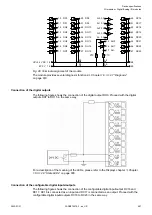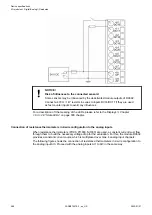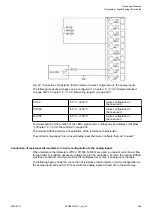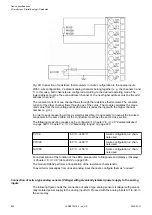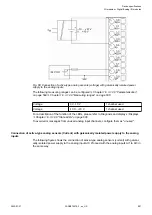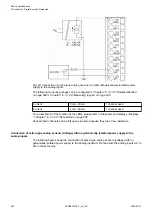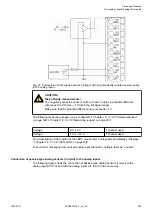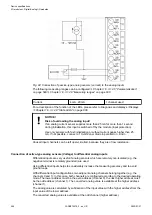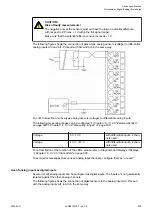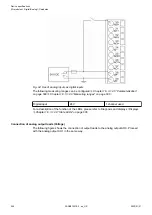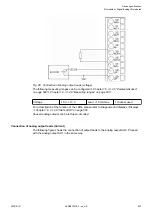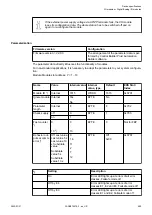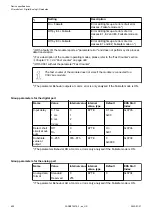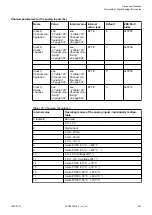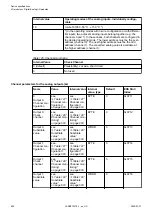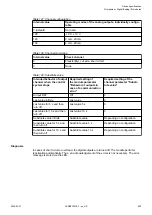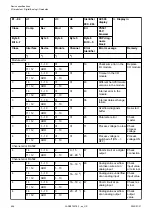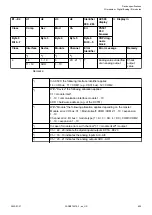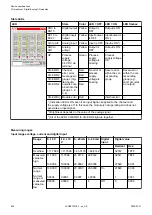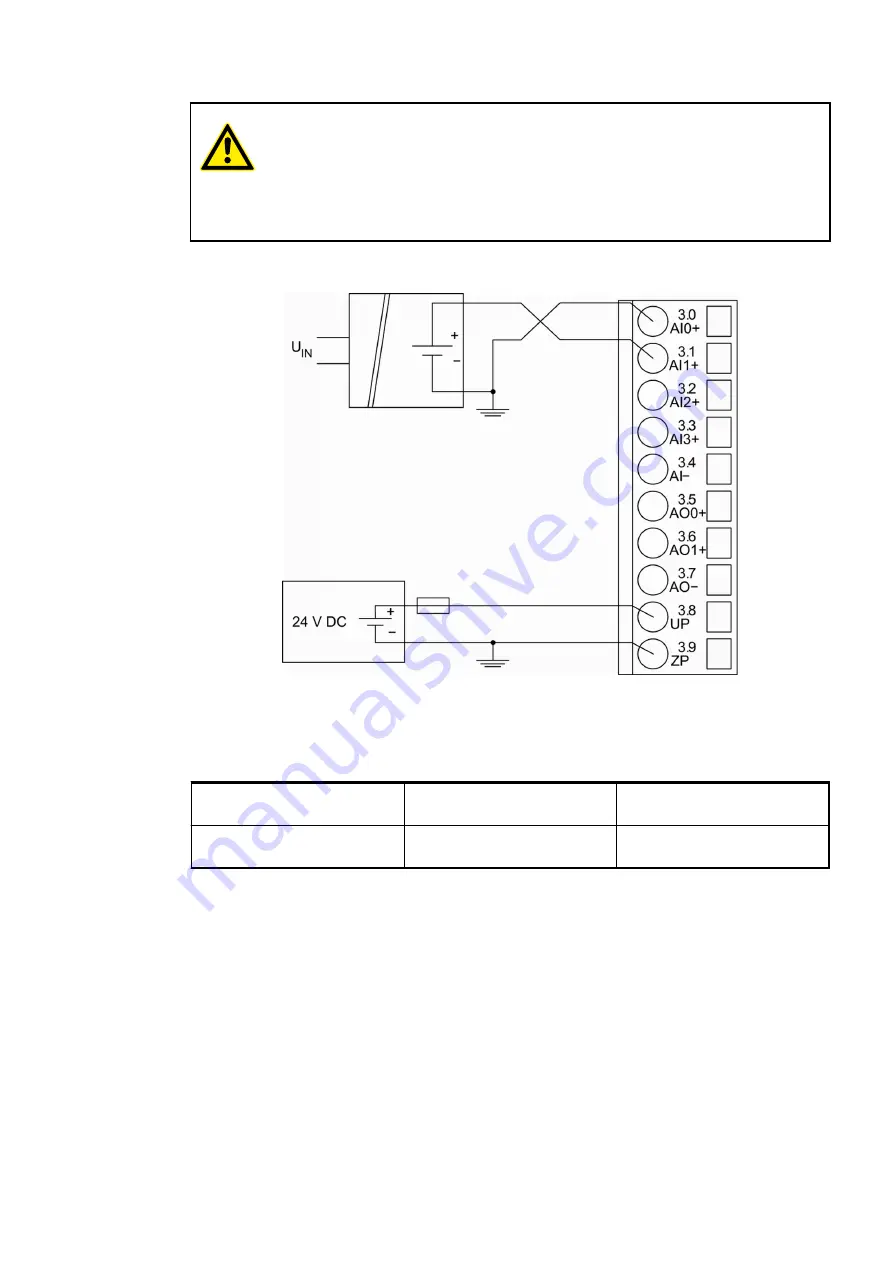
CAUTION!
Risk of faulty measurements!
The negative pole at the sensors must not have too large a potential difference
with respect to ZP (max.
±
1 V within the full signal range).
Make sure that the potential difference never exceeds
±
1 V.
The following figure shows the connection of active-type analog sensors (voltage) to differential
analog inputs AI0 and AI1. Proceed with AI2 and AI3 in the same way.
Fig. 93: Connection of active-type analog sensors (voltage) to differential analog inputs
The following measuring ranges can be configured
Chapter 1.6.3.1.2.6 “Parameterization”
Chapter 1.6.3.1.2.9 “Measuring ranges” on page 606
Voltage
0 V...10 V
with differential inputs, 2 chan-
nels used
Voltage
-10 V...+10 V
with differential inputs, 2 chan-
nels used
For a description of the function of the LEDs, please refer to Diagnosis and displays / Displays
Chapter 1.6.3.1.2.8 “State LEDs” on page 606
To avoid error messages from unused analog input channels, configure them as "unused".
Use of analog inputs as digital inputs
Several (or all) analog inputs can be configured as digital inputs. The inputs are not galvanically
isolated against the other analog channels.
The following figure shows the connection of digital sensors to the analog input AI0. Proceed
with the analog inputs AI1 to AI3 in the same way.
Device specifications
I/O modules > Digital/Analog I/O modules
2022/01/31
3ADR010278, 3, en_US
595

